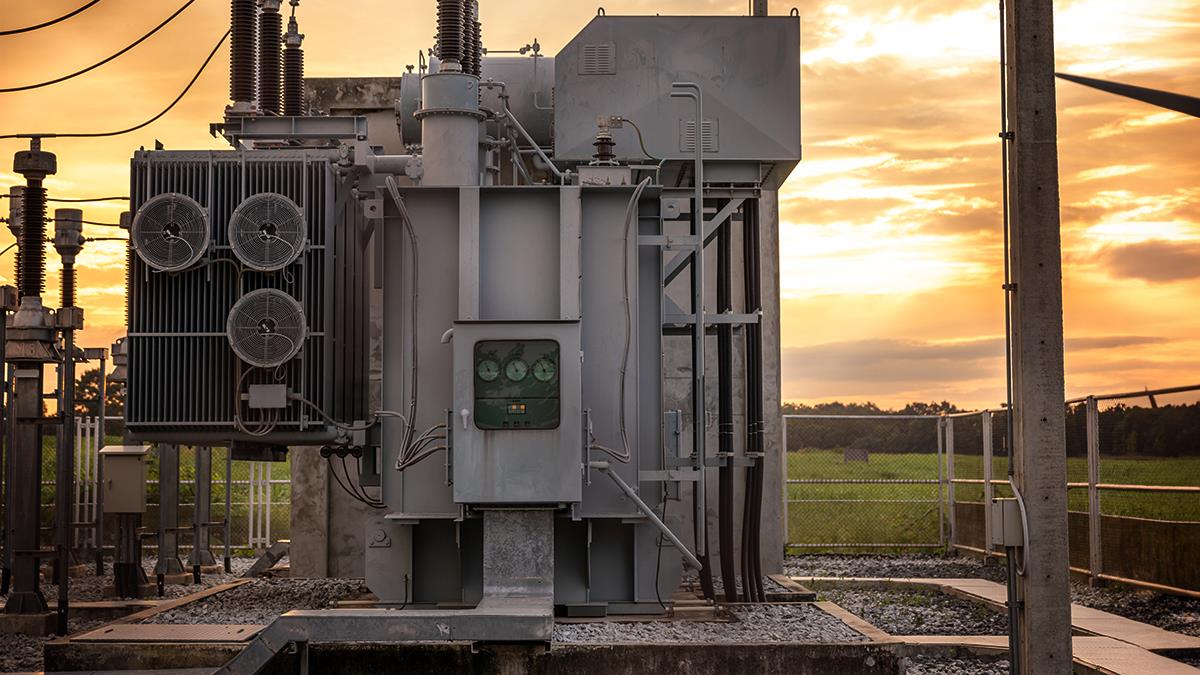
In the world of maintenance and reliability, where mechanical components are often the primary focus, electrical systems play a critical role that is sometimes overlooked. As Jon Bucciarelli, President of SDMyers, emphasized in his recent presentation at the 2024 Reliable Plant & Machinery Lubrication Conference & Exhibition, "The greatest risk to a mechanical system is electrical." This insight is especially true when considering the importance of electric power transformers in keeping critical systems online and running smoothly.
In his presentation, Bucciarelli shared a compelling story from his time at General Motors in Lordstown, Ohio, highlighting how electrical failure — even with extensive mechanical redundancies — was the biggest threat to production.
The Cost of Unplanned Downtime
In the high-stakes manufacturing world, unplanned downtime can lead to catastrophic financial losses. Bucciarelli recalled how the Lordstown plant, producing 1,500 cars per day, would lose approximately $20 million for each day of lost production. Despite extensive mechanical backups and redundancies, a single transformer failure halted the operation for 24 hours, underscoring the critical role of reliable electrical systems in maintaining uptime.
For many businesses, the cost of electrical failure can be astronomical. Power outages, surges, and fluctuations cause downtime, data loss, equipment damage, and strained human capital. According to research from the Electric Power Research Institute (EPRI), even brief outages lasting less than 10 seconds can have significant financial impacts. For example, data centers that rely heavily on uptime face an average revenue loss of $750,000 per outage.
Challenges to Transformer Fleet Reliability
Ensuring transformer fleet reliability requires overcoming various challenges, many of which go beyond basic equipment failure. Aging infrastructure, environmental factors (including wildlife-induced outages), and the ever-evolving energy landscape are all stress transformers. Additionally, when addressing these issues, organizations often face internal misalignment, budget constraints, and resource shortages.
One notable example is the Large Hadron Collider at CERN, which suffered a significant outage caused by a weasel entering a 66kV transformer. While the immediate cost of repairing the transformer was substantial, the real loss was the collider's downtime — days of missed research and operational costs that were difficult to quantify.
What is Fleet Reliability?
Fleet reliability is a comprehensive approach to managing and maintaining electric power systems, especially transformers. Bucciarelli explained, "The transformer is the heart of the electric power system."
It plays a crucial role in power distribution, and ensuring its reliability is essential for maintaining stable and uninterrupted electricity for commercial and industrial enterprises. Fleet reliability means having the confidence and peace of mind that your power systems will perform as expected, without unexpected downtime or costly disruptions.
How to Achieve Fleet Reliability
Achieving fleet reliability requires a robust framework of strategies and best practices. Key components include:
- Maintenance Standards: Following standards like NFPA 70B ensures that transformers are maintained properly and safely.
- Proactive Maintenance: Early detection and prevention of failures through advanced monitoring technologies and diagnostic techniques are critical to avoiding costly breakdowns.
- Lifecycle Planning: Understanding the entire lifecycle of a transformer allows for better planning and resource allocation, ensuring that transformers are replaced or serviced before they become a liability.
- Redundancy and Backups: Just as in mechanical systems, having backups for transformers can prevent prolonged outages in the event of failure.
- Data-Driven Inspections: Regular, criticality-based inspection intervals help catch potential issues early, reducing the risk of unplanned downtime.
The Benefits of a Reliable Transformer Fleet
A resilient electric power transformer fleet provides numerous benefits to businesses and industries:
- Eliminate Unplanned Downtime: With a reliable fleet, the risk of unexpected outages is minimized, ensuring smooth operations.
- Safeguard Against Financial Losses: Reliable transformers reduce the likelihood of costly downtime, equipment damage, and lost revenue.
- Extend Asset Life: Regular maintenance and monitoring extend the life of transformers, providing a greater return on investment over time.
- Ensure Safety: A well-maintained transformer fleet reduces the risk of dangerous electrical failures that can lead to accidents or injuries.
- Experience Stable and Uninterrupted Power: Reliable transformers ensure businesses have the power to operate effectively without interruption.
- Confidence and Peace of Mind: Ultimately, a reliable transformer fleet gives businesses the confidence that their critical systems will remain operational, no matter what.
Conclusion
The journey to transformer fleet reliability is not short, but the rewards are significant. By taking a proactive, holistic approach, businesses can achieve stable and uninterrupted power, safeguarding their operations and their bottom line.
In today's increasingly technology-driven world, there must be room for power outages or system failures. Investing in the reliability of your transformer fleet is not just a smart business decision — it's a necessary one.





